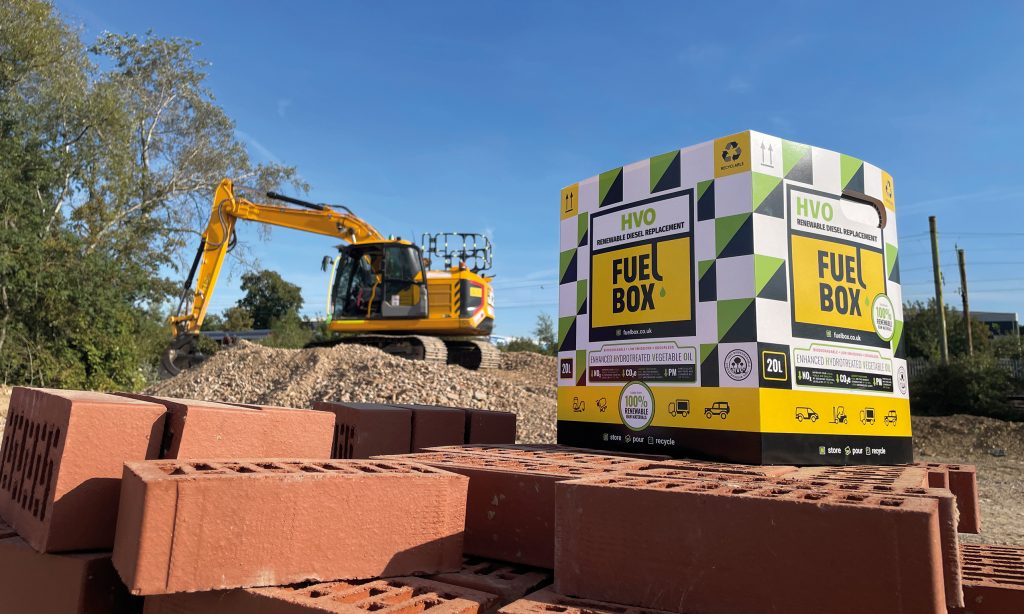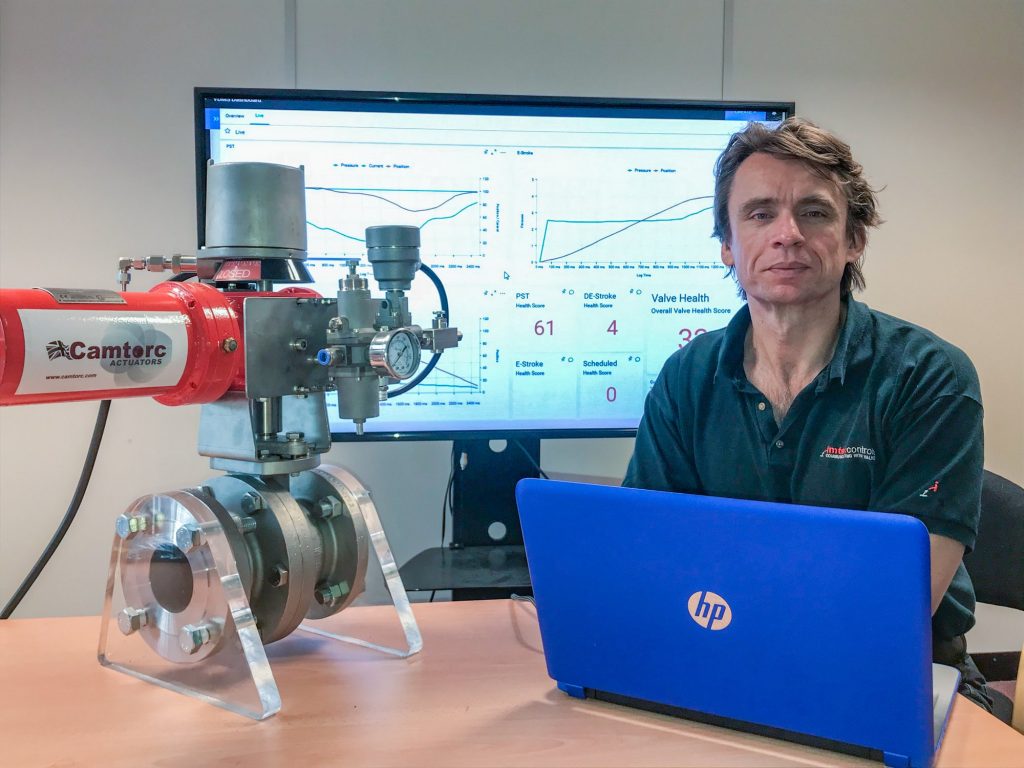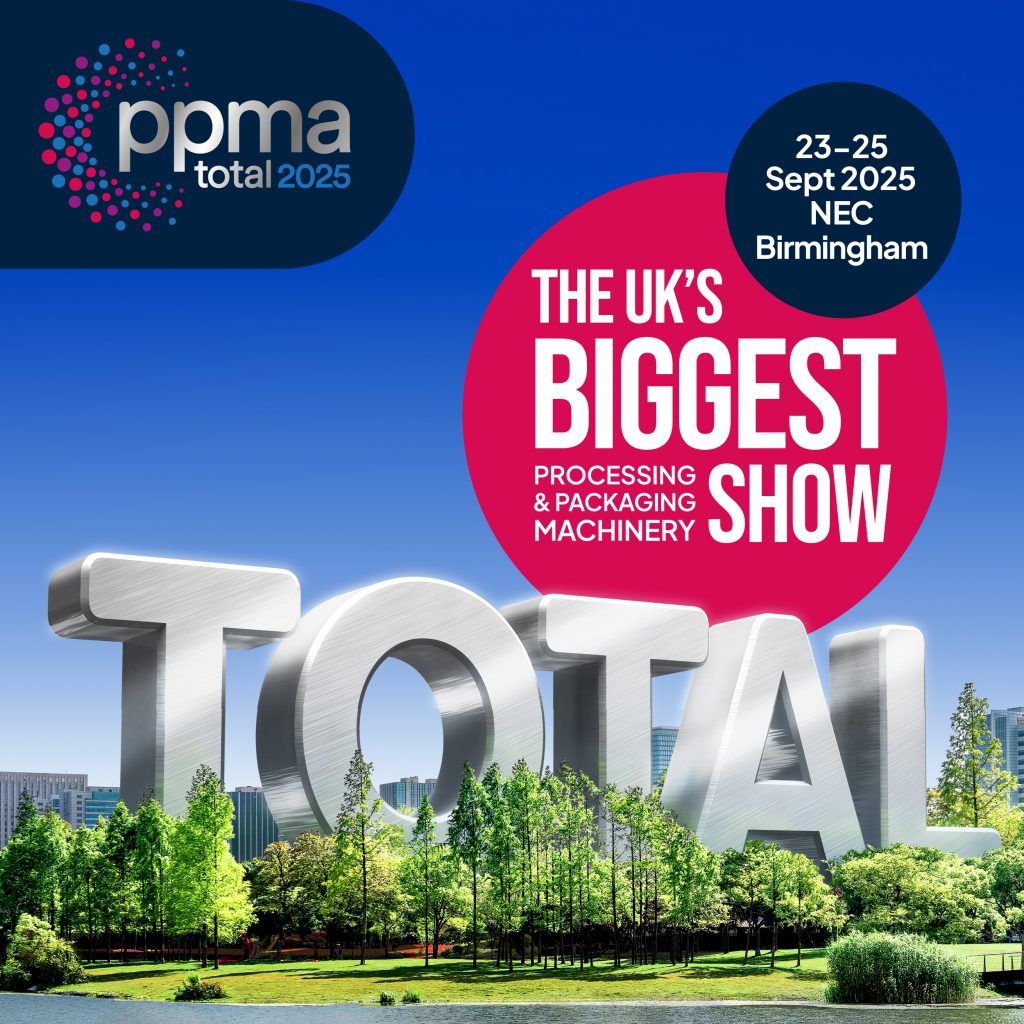Is now the time to think about bag-in-box as an alternative to rigid plastic containers?
“The financial benefits of switching away from using rigid plastic are becoming more evident. The cost of disposal of used rigid plastic containers when they come to the end of their life is ever increasing, and one result of that cost is that businesses are having to further fund the collection and recycling costs.”
Many industries have traditionally used rigid plastic HDPE containers for everything from chemicals to detergents, in capacities ranging from 500ml to 25-litres. With strong pressure from shareholders, pressure groups, and the public to move away from plastic or at least reduce it, there has never been a more important time to seek an alternative solution.

Switching from rigid plastic jerry cans to bag-in-box brings many benefits
“Working with Sweden-based packaging innovators Quadpak, Fenton Packaging Solutions is able to offer a wide range of UN-approved sustainable bag-in-box alternatives which are ideally suited for the majority of products in Packing Groups II & III, where rigid plastic containers have been the traditional packaging format of choice,” says Chris Warren, Fenton Packaging Solutions Managing Partner of Sales.
To transport products that qualify as hazardous, it is key to ensure that the packaging a company specifies is UN-approved and suitable for the intended application. Packaging marked as UN-approved is certified as designed, manufactured and tested to carry liquids or solids that are classified as dangerous materials.
Fenton’s Quadpak Cheertainer bag-in-box solutions are UN-approved for the transport of classified dangerous goods such as oils & lubricants, inks, industrial coatings and detergents and the design allows 99.9% dispensing of liquid products, without surging or glugging, dramatically reducing waste.
“The financial benefits of switching away from using rigid plastic are becoming more evident,” says Chris Warren. “The cost of disposal of used rigid plastic containers when they come to the end of their life is ever increasing and one result of that cost is that responsible businesses are having to further fund the collection and recycling costs. In addition, the cost of disposal is rising, particularly with the pending introduction of Extended Producer Responsibility (EPR).”
“Operators using rigid plastic jerry cans are increasingly realising that they are already liable for Plastic Packaging Tax (PPT) and also need to pay a professional waste company to take away and dispose of the empty containers.

New Era Energy uses bag-in-box for its sustainable FuelBox products
Delivering sustainability gains across the supply chain
“Bag-in-box packaging solutions are made from materials that are 100% recyclable and use around 80% to 90% less plastic than rigid containers,” says Chris Warren. “The knock-on effect is that the reduced amount of plastic reduces packaging waste by weight by a similar 80% to 90%.”
These packaging solutions deliver a 4:1 logistical transportation advantage, maximising load space and reducing fuel consumption and CO2/greenhouse gas emissions. Pre-filling, a bag-in-box packaging solution ships and stores flat, maximising both transportation and warehouse efficiency.
When it comes to logistics, moving & handling and storage, there is a clear advantage for bag-in-box in terms of reduced storage. For example: a pallet of 20-litre bags holds 2,700 pieces, compared to a typical pallet of 20-litre jerrycans which contains 120 units. While the 20-litre bags require boxes to complete the pack format, it is typically one pallet of bags to 5 pallets of boxes. Fewer pallets support reduced transport requirements for incoming materials and also require less storage space in the warehouse or production and filling areas.
Fully recyclable solution
“According to waste management experts WasteCare Compliance Plc, our bag-in-box packaging solutions are fully recyclable and can be processed in the UK where facilities exist, allowing the product to be recycled at its end of life,” says Chris Warren.
To facilitate bag-in-box recycling, the cardboard outer box and the Cheertainer bag need to be separated, with the box going into the normal cardboard recycling stream. The rigid plastic gland (LDPE), closure (LDPE) and cap (PP) then need to be separated from the flexible film bag (LLDPE+PET), enabling the individual parts to be processed for recycling where recycling facilities exist.
“Fenton aims to provide credible sustainable packaging solutions for its customers and believes in delivering on the mantra: Reduce, Reuse, Recycle. Helping our customers move away from the use of rigid plastic containers in favour of bag-in-box immediately delivers on the ‘reduce’ element which starts with using less packaging materials with lighter weight and follows through to less vehicle deliveries and reduced emissions.
“Coupled with the clear recycling advantages mentioned above, Fenton Packaging Solutions’ bag-in-box can make a major contribution to our customers’ sustainability targets.”
Why switch away from rigid plastic?
“Switching to bag-in-box packaging allows users to reduce their packaging costs, while committing to sustainability,” concludes Chris Warren. “Throughout the packaging life-cycle. these packaging solutions outperform all competitive products regarding carbon emissions, energy use and greenhouse gas production.
“These products therefore enable companies to reduce their carbon footprint throughout the supply chain, including energy in raw material production, energy in product manufacturer, greenhouse gas emission in logistics and disposal contribution.
“Over the past few years, Fenton Packaging Solutions has earned an enviable reputation in working with credible manufacturing partners and suppliers to deliver innovative packaging products to the UK market. If you’d like to move away from rigid plastic and play your part in improving your company’s and the planet’s sustainable future, talk to Fenton Packaging Solutions.”
https://www.fentonpackaging.co.uk
















